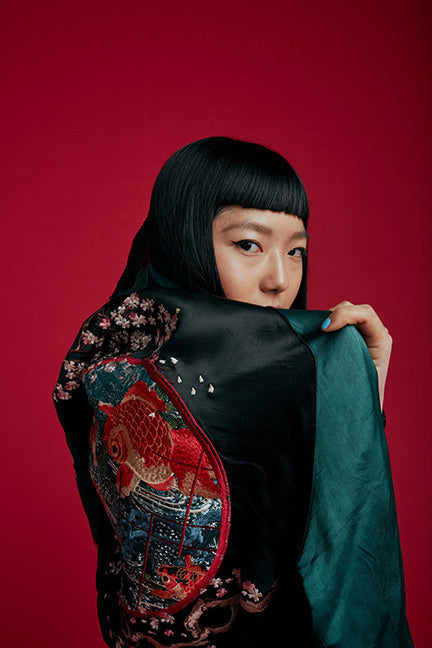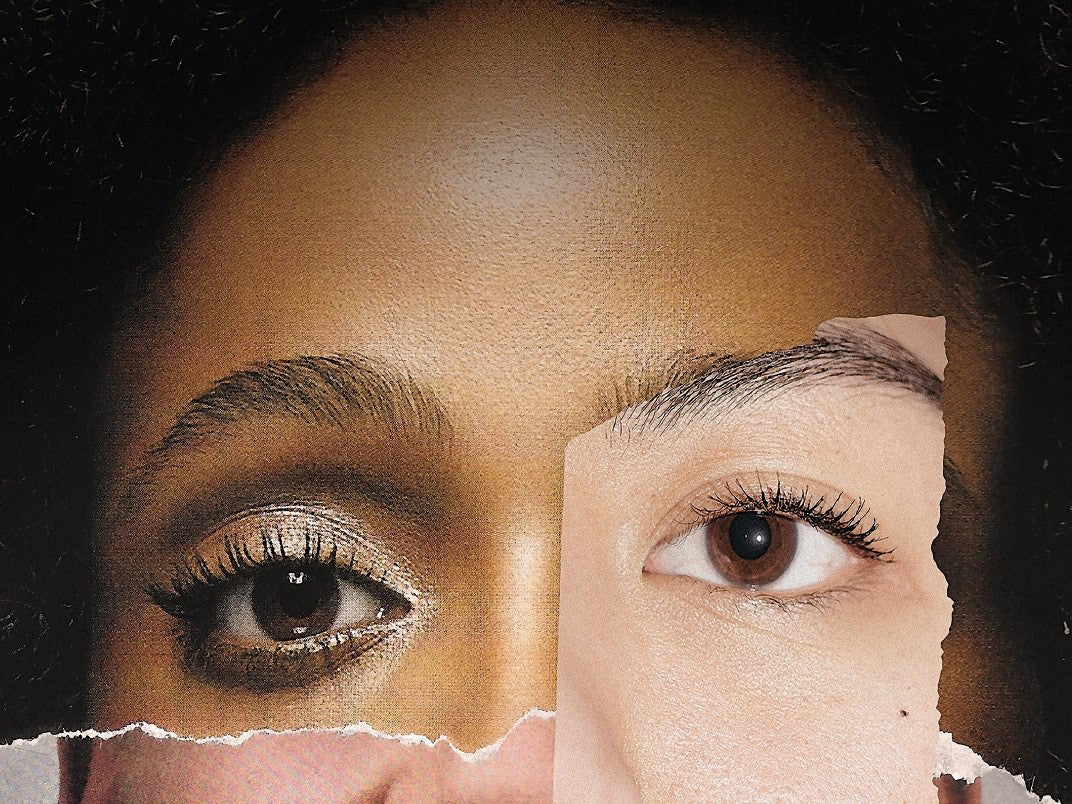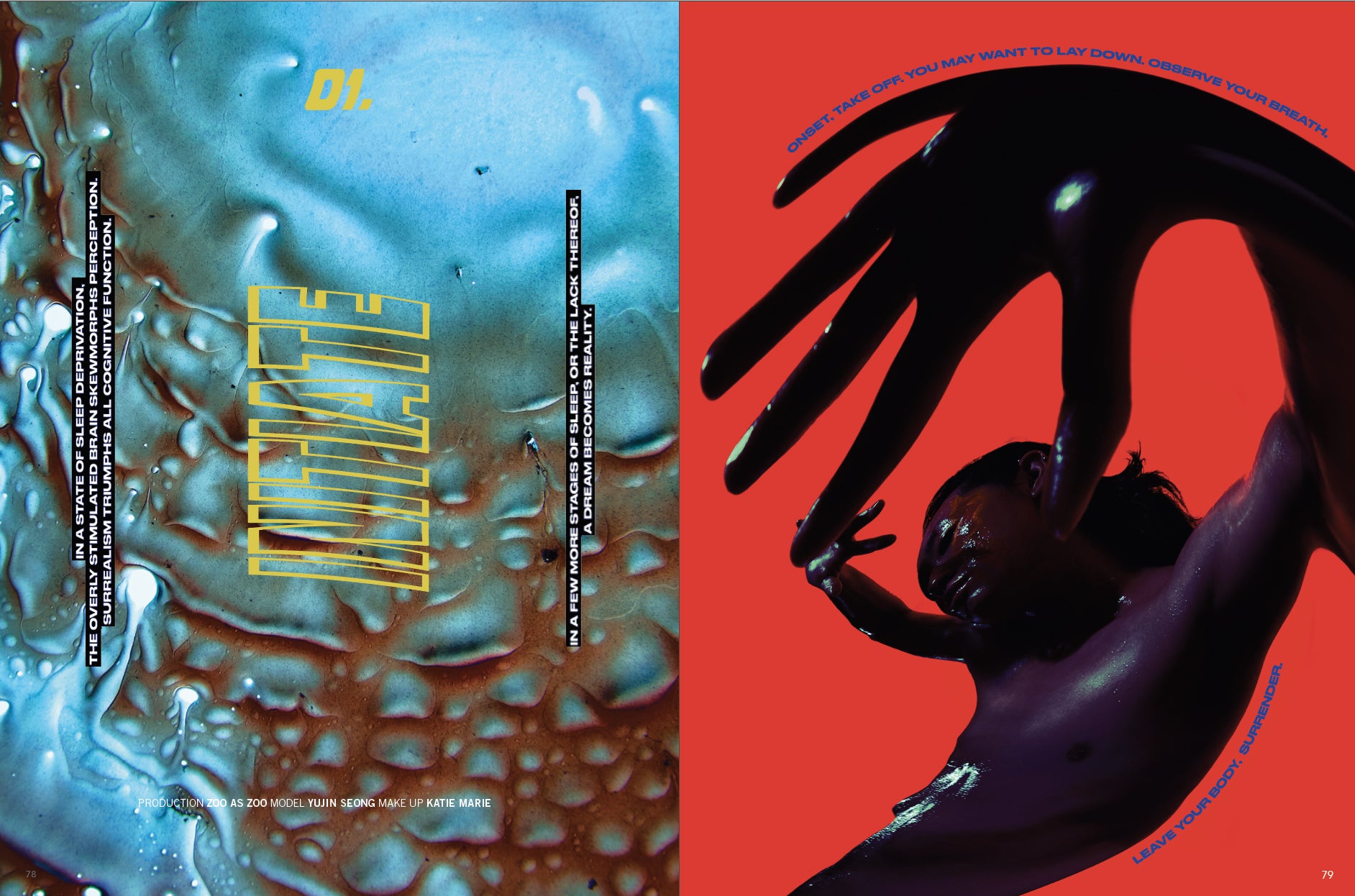Limitless with Ashima Shiraishi
Even if you don’t know the first thing about rock climbing, watching Ashima Shiraishi scale a wall is a sight you can’t tear yourself away from.
For an immediate sense of her talent—with no knowledge of her sport or what climbing a 5.15a at age 13 or a V15 at age 14 means—and how it’s been received by the world at large, here’s a quick and dirty list of her media accolades and achievements: Dubbed a “prodigy” in a profile by The New Yorker. Appeared on both a Forbes “30 under 30” and Sports Illustrated “Fittest 50” list. Given a talk at a TEDxTeen event. Posited as the “Greatest Rock Climber Ever?” by Time.com and posed as a marvel “Could This 15-Year Old Redefine Rock Climbing?” by National Geographic. Multiple first place Youth World Championship titles. A photoshoot in Seventeen magazine. Several appearances in the New York Times. 3.1 million views on The Great Big Story. Featured in countless major news outlets.
The list goes on. And it will likely continue to do so as the unassuming, born-and-raised New Yorker’s trajectory heads toward uncharted territory: The 2020 Tokyo Olympics, where climbing will be catapulted onto the world stage for the first time. And, if all goes to plan, where Ashima will win gold in the very country her parents call home. To go back and win the gold in Japan would be a homecoming victory, to say the least. And if things don’t seem like they could align any more perfectly, even Ashima’s name has destiny written all over it. She tells me that she was named after her father’s hometown, which means “limitless” or “without borders.”
But this isn’t the same old story of Ashima and how incredible she is at climbing. It’s the story of a young girl who grew up in a spotlight that is increasing in intensity and reach, and what it means to be both the spectacle and the spectator. It’s about identity and assigning identities. It’s about what we demand from others and their images. It’s about Ashima as a human first, climber and athlete second, and the often murky relationship between the two.

Most professional climbers with Ashima’s volume of accolades, both indoors and outdoors, are older. But one thing seems to link all climbers together, from climbing hobbyists and competitors to the major athletes: they’ve all shaped their lives and identities around climbing. That is to say, that even the non-professionals lay claim to the title with pride; they are often obsessive with the sport, their ‘projects’—uncompleted or attempt-in-progress “problems” in bouldering or “routes” in sport climbing. For the uninitiated, sport climbing is a form of roped rock climbing that relies on a belay partner and permanent protection by way of anchors fixed to the rock, whereas bouldering is climbing on boulders with no protection aside from a crash pad below you.
While all of this obsession connects non-professional climbers and professional climbers closer together, Ashima is still an outlier in the professional climber realm. She became famous at age eight when she started climbing unprecedented grades for her age at Hueco Tanks in Texas. She emerged out of nowhere, but also from one of the unlikeliest of places: the concrete jungle, with parents who knew nothing of the sport, no less. She was thrust into the spotlight long before she was old enough to ride the subway alone but remains known to the world, first and foremost, as one of the greatest rock climbers, possibly ever.
Her presence in climbing gyms comes with that same special aura that also surrounds famous people in coffee shops or other ordinary places—people try to pretend not to notice her, but everybody does. Like anyone with a bit of fame, professional climbers have fans that are no different than the rest: there are those who rush toward them, arm outstretched for a selfie, and then there are those who defer to them out of respect. Either way, a life tinged with fame comes with a heavy dose of isolation, existing at once behind a sort of invisible barrier and at other times, only approached to have your image taken.
And image is everything, isn’t it? We live in a surface world of constant surfing, scrolling, and double-tapping to express emotion. With the internet, we live everywhere and within everyone else’s lives all at once, and because of this constant connectivity, it’s easy to feel as if we’re nowhere at all.
I first met Ashima at Brooklyn Boulders, one of her home climbing gyms in Gowanus. She was 13. While we’re nearly 13 years apart, we’re about the same size and bonded in a way that birds of a similar feather do. We bonded over a shared interest in fashion—a source of confusion for many of her fans when she, now at age 16, posts images of vintage YSL or Gucci.
It’s not surprising that fans expect their heroes and icons to be one-dimensional in the very thing that has given them fame. Many in her climbing fanbase grumble when she posts about anything outside of climbing, but fashion in particular, really seems to spark criticism. In one unsponsored photo posted from inside a Dover Street Market store, a follower wrote “Do not let them ruin your career with too much of media and advertising. Focus on climbing dear”. Ashima did not respond.
She was quiet when I met her three years ago, and by any general standard, she has kept this silent calm about her even to this day. It might be challenging to see Ashima outside of what we’ve come to love her for, especially when she has an ‘ignore the haters,’ care-free attitude about it all. So what does the teenage prodigy think about? What is a typical day-in-the-life?
The short story is that Ashima is both stereotype and everything beyond that: At times she’ll squeal softly over baked treats or a cool skirt like any teenage girl. At other times, she speaks with a maturity well above her age and a frankness that shows no sign of watery emotion with tough subjects, like eating disorders, the insane pressure she faces, or dealing with parents from an Eastern culture in a very Western world. For tougher questions, she slips into a steadied cadence of one who is no stranger to the press conference or the sound bites that ensue. She is, at once, the teenager that we sometimes forget that she is, and also the trained professional. But above all she is in-tune with the spaces that she inhabits and all of these personas that she embodies, while also not wholly giving in to any one in particular. Like any teenager, or human being for that matter, she is simultaneously discovering and becoming who she is.
Over breakfast, I asked Ashima what it felt like to be a child prodigy and her response was slow and considered:
“I feel pressure to fulfill what [other people] expect from me. It motivates me. Sometimes it feels pretty surreal because I’m also young and since I was 11, people have always been [pressuring me]. I’m still only 16 and people expect me to do a lot of things. It feels crazy to think about how far climbing has taken me.”

It’s a tough question to answer, but Ashima answered with a careful distance, as if she were examining her own life from someone else’s perspective. Which makes sense, considering she probably does it on a daily basis. How else do we understand the magnitude of our actions if not through the narrative that others have created for us? How others celebrate or condemn us? Ashima has learned early on how to be careful of the things she says or does because it will inevitably be written, recorded, and woven into the public narrative of her life.
Which has been an interesting one to watch on Instagram and in the media, especially compared to my real-life observations. I know many climbers who’ve offered cynical skepticism on her evolving interest in fashion. While she’s no stranger to negative comments from internet onlookers—Ashima has even written an article for The Players’ Tribune and addressed some of the sexist, racist, and baseless comments about her and her parents—the first real controversy tied to one of her posts was around an announcement of a sponsorship by Coca Cola. Some fans decried the collaboration because of the company’s controversial marketing practices, to which she diplomatically responded, “They’ve been super supportive. If climbing is going to grow and keep expanding, more people will try it and other bigger brands will [become] interested in climbing,” as if to say: I’m not even bothered; it’s for the love of the sport.
But some fans and followers demanded that she reconsider, threatening to unfollow or just unfollowing point blank, showcasing the fickle nature of being a spectator. As a spectator, we demand that people we love and adore in the spotlight provide images we want and a feed that serves our interests alone. But Ashima wants us to remember that she can’t be the one-dimensional athlete that her followers want her to be, simply because she, like the rest of us, are multi-faceted:
“People have always judged everything that I’ve done and each post is scrutinized. It’s hard to live through that. And I have pressure to do things that people want me to do, and I [feel like I] have to satisfy everyone. If I want to be myself, I have to do things that people might not like. I like fashion, I’m from New York. It’s a different lifestyle from other places. There’s a lot going on other than just climbing—you can be inspired by so many different things. You can feel free to be who you want and not be judged for it. I love the diversity here. I have other things that I enjoy doing, other than just climbing. I feel like people forget that, especially when people say things like ‘Oh she’s going to be a sell-out because she’s expanding from what she has been doing previously’.”
Identity is a tricky thing; it can shape us but it can also limit us from growth. People identify Ashima as a climber first, and while she is, she is also much more than that. She’s a host of contradictions, which is what makes her so fascinating. She is the first female to climb a V15 but she’s also a foodie who frequents Buffalo Exchange. She has projects and climbing goals of historic proportions but also the insane homework load of most teenagers. She’s an American, but her parents raise her with traditional Japanese customs. She denotes, “the culture and the way that they raised me is very different from what my friends went through”.
She’s a sponsored athlete—when I asked her about all of her sponsors, she had to pause briefly to tick them off her fingers, one hand not being enough: The North Face, Coca Cola, Japan Airlines, Petzl, Tudor Watches, Nikon, Evolv, and Clif Bar—but she’s also just a 16 going on 17-year-old girl who likes to go to parties. Admittedly, these functions are anything but average, hosted by the likes of fellow climber Ansel Elgort, kid birthday parties by blogger Foodbabyny, or launches by her designer friend Jeff Staple, who she met through Instagram. “We started chatting about climbers who were involved in fashion and the streetwear industry, and then we met up and we connected. Being New Yorkers, our passions are so different but they’re similar [in a lot of ways]. He’s kind of mentored and inspired me to express myself [by] just be[ing] myself.”
And like many other kids who come of age, Ashima is figuring out who that self is. She’s become more independent– heading to climbing sessions on her own. She discusses new drops with friends at school. She dances adorably to rap music at parties (when I asked when she started liking rap music, she looked at me, half-rolled her eyes, and exasperated: “I’ve ALWAYS liked rap music”). She loves dining at casual spots like Superiority Burger and Atta Boy. She enjoys baking. She has plans to go to college someday, maybe culinary school.

“You can’t climb for the rest of your life. I’ll always be a climber, but not just be a climber.”
She’s furtive about a secret collaboration she’s working on now, but has bigger desires to share her fashion interests with the world in the future, in some shape or form.
The world is watching her, but then again, she knows that all eyes are on her.
“Honestly, I don’t want to be a huge celebrity. Even what I have right now, I wish I didn’t have. People are always looking at me and I’m restricted from so many things. While it’s an honor to be noticed, it can also be a disadvantage. Sometimes you can’t have as much fun if people are always looking at you and judging you for all the things that you do. So many other people chase fame, but becoming famous isn’t something that grants you happiness”.
Times have changed since we first met three years ago, and it’s been a trip to talk to a 16 year-old about how she feels like her life is passing by too quickly. But maybe, with all the smartphone addiction and the babies being born into newsfeeds, things are just moving a bit faster than they were ten years ago.
Maybe this is why climbers climb: to stay present and focused, to stay in the moment.
Another sign that times are changing: Ashima, who notoriously did not train (unlike other pro climbers) has started a new routine with an experienced setter in NYC. With Ashima’s shift in focus toward climbing competitions and the upcoming Olympics, the pressure to train makes sense. The time is ticking until 2020 and the time will pass quickly, but even faster for Ashima who is still evolving and growing. A lot can change.
Winning an Olympic gold metal and solidifying yourself as “the best” is easy to celebrate in the Instagram age we live in; he climbing world would undoubtedly support such a historic achievement for the young girl that they watched grow up and crush on rocks. But would they be so accepting or supportive of pursuits in other areas like food or fashion, which some deem as superficial? What makes these interests any more, or less, superficial than Ashima’s passion for climbing? What Ashima’s critics may forget is that she has complete agency over how she changes, what she loves, and even what she decides to post. Simply put, she has the right to pursue her happiness just like the rest of us.
Regardless of where her love for food or fashion takes her, it seems likely that Ashima will continue to make climbing history, but that’s neither here nor there. Likewise, people will either continue to be inspired by her, or unfollow. But hopefully what they’ll realize is that like our freedom to follow or unfollow, like or keep scrolling, whoever we wish, Ashima earns the same right to her preferences, her happiness, and most of all, to live her own life and to write her own narrative. Because while Ashima Shiraishi is an insanely talented climber, she is also a young woman with so much more to offer the world than just her climbing feats. And despite her prodigious background (and likely, future) she is, and chooses to remain, true to her name—a woman without limits.





